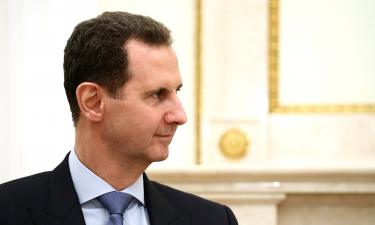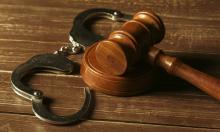Vatican says gay priests not wanted
For more than four decades, the Roman Catholic Church has followed both the rules and reality concerning gay priests. The Vatican, as far back as 1961, has made it clear they are not wanted. But many seminaries continued to tolerate what one conservative theologian calls a "lavender subculture" that has brought perhaps thousands of homosexual men to ordination.
Now those parallel worlds are headed for a collision.
The Vatican is putting the finishing touches on a document that strengthens its views that gay orientation and the priesthood are essentially incompatible. But the text, which could be released as early as next month, reportedly will not impose a blanket ban on gay priests. Instead, it may demand years of chastity before entering seminary and prohibit any public acts deemed to support the sexually active gay community.
If true, the Congregation for Catholic Education will be mostly bolstering existing Vatican positions rather than shutting the door completely on gay clerics as many liberal Catholics have feared. The question then becomes: What message is the Vatican hoping to send?
Many experts in church policies don't expect widespread purges of gay clerics from parishes, schools and seminaries. Many places, particularly in Europe and the United States, are suffering under priest shortages and couldn't risk further losses.
What's more likely, they say, is that bishops will gain new leverage to dismiss or sideline clergymen considered in open defiance of the document. Also, the Vatican statement may serve as a foundation for much more intensive screening of seminary candidates to try to identify, and possibly reject or discourage, those who are gay.
"It could end up restricting entry into the priesthood to heterosexuals, which is a de facto extension of the existing teachings," said R. Scott Appleby, a professor of religious history at the University of Notre Dame. "Even worse, it would place homosexuals into the position of hiding their orientation, lying and suppressing their identity or not entering the church."
Even some conservative Catholics wonder whether the church could become bogged down in internal contradictions from its own rules: If a priest remains celibate and loyal to other Catholic tenets, why does his sexual orientation matter?
"This is where it gets very tricky," said the Rev. Richard John Neuhaus, editor of the New York-based religious and public affairs journal First Things.
He sees the upcoming document as an attempt to curb "a growing influence of gay lifestyles, or what's been called a lavender subculture" in seminaries and other church institutions.
But this can indirectly strike at one of the core elements of the Catholic priesthood, the belief that the call for a vocation can come to anyone. Estimates of the number of gays in U.S. seminaries and the priesthood range from 25 percent to 50 percent, according to the Rev. Donald Cozzens, a former seminary rector and author of "The Changing Face of the Priesthood." Credible global statistics are not available.
"There can be little doubt that over the centuries that there have been great priests, bishops, and maybe even popes, who by today's criterion would be deemed homosexual in orientation," Neuhaus said. "It's not the nature of one's temptations, be they sexual or something else, it's how to deal with these temptations."
No place is this more an issue for church leaders than in the United States, where the nation's bishops were launching a new campaign Friday to attract seminarians.
The sex abuse scandals have forced an unprecedented introspection into the clergy and how to train future priests.
T.E.
Subscribe to Pravda.Ru Telegram channel, Facebook, RSS!





